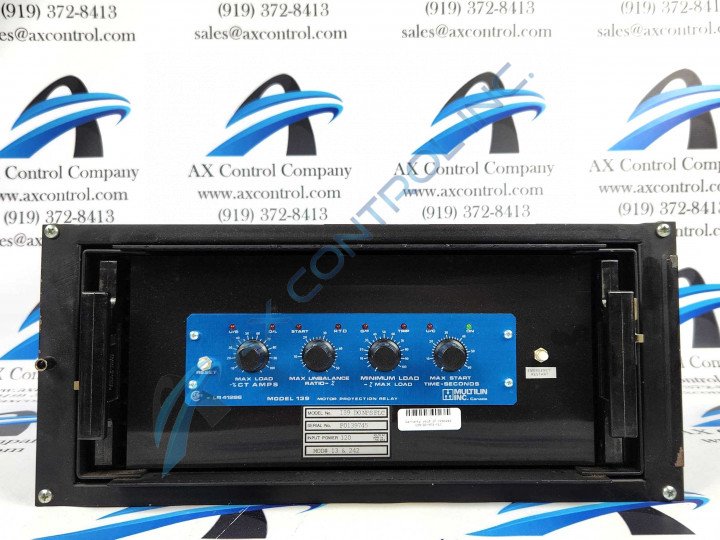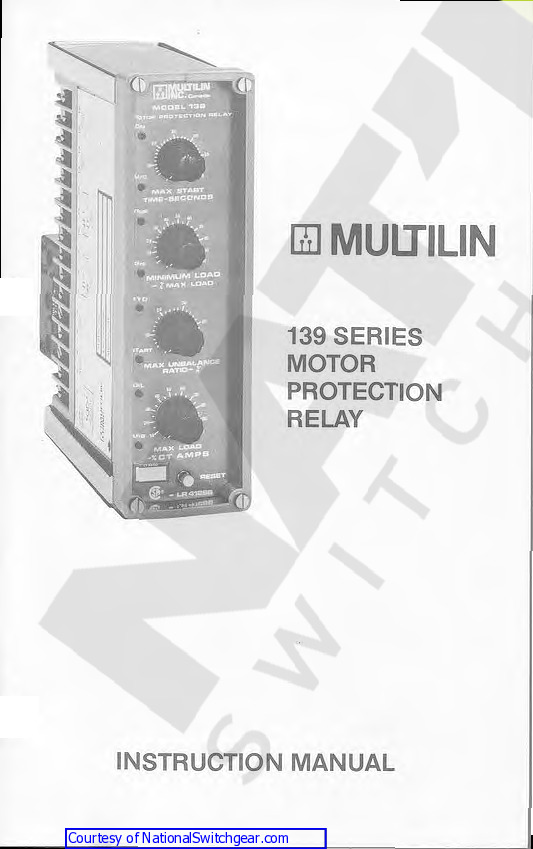About the 139-DO-NFS-FLC
An extensive theory of operation is associated with the 139-DO-NFS-FLC Motor Protection Relay. Three phases are the standard for a relay such as this. Each of the phases will be secluded through a matching current transformer which will produce an AC RMS current. The AC RMS will be converted to the equivalent of a DC average voltage for each phase by three precision alternating current to direct current averager/converter circuits. All of the available information for the theory of operation can be found on pages thirty-six through thirty-eight of the 139 Series Instruction Manual, which can be found on AX Control's website.
One major benefit of the 139-DO-NFS-FLC and the 139 series as a whole is its highly configurable nature. The relay can be programmed for particular applications by utilizing the relay's selector switches; these applications can be used as long as desired and easily switched off or altered when system needs change. Elements such as cyclic overload compensation, immediate overload warning, undercurrent detection, and emergency restart are amongst the potential applications controlled by the switch array.
Sometimes during the operation of the 139-DO-NFS-FLC relay errors occur. Some of the potential errors are that all of the indicators on the relay are off, the RTD trip motor could potentially stop and not run, the ground fault nuisance trips, and many others. In regards to the constant tripping of the ground fault there could be too much noise or the fault itself could be too sensitive; in attempts to solve this problem the time delay or trip level of the ground fault could be increased; another potential attempt could be to twist the ground fault wired together and route them away from the heavy current conductors of the relay. The entire list of problems and how to troubleshoot them can be found on page thirty-five of the aforementioned manual.














